Tropical vs Sidereal Zodiacs
In horoscopic astrology, the reading of charts for individual persons, there are two main zodiacs that are used: the tropical and the sidereal.
Most Western astrologers use the tropical zodiac, while most Vedic astrologers use the sidereal zodiac.
The differences in the systems are not difficult to understand, and this article will explain both of them and give a little background and speculations about what it all means.
Let’s take the chart of one person, same birth info, but different zodiac system:
- in the tropical system they would be Aries rising,
- in the sidereal system they would have Pisces rising.
How is this so?
What is a Zodiac?
First of all, we have to establish just what is a “zodiac.” The word itself means “circle of animals” and is related to the word “zoo” or “zoology.” You’ll see that with the exception of the Gemini, Virgo, Aquarius, and Libra, the zodiac figures are all animals.
A zodiac is a plot of real estate in the sky laid out using certain markers with 12 divisions of 30 degrees making up a circle of 360 degrees. You can think of it as an arbitrary or synthetic grid laid out on a naturalistic landscape.
The Tropical Zodiac
The tropical zodiac is pinned to the Sun, and more exactly the exact position of the Sun on the first day of spring in the Northern Hemisphere. This position of the Sun is called the Vernal Equinox, and it is also the position of the first degree of the sign of Aries in the tropical system. The entire 360 degree zodiac is started from that point More on that a little bit later.
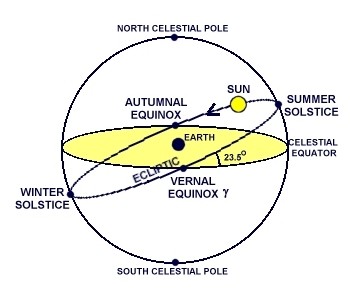 The Sidereal Zodiac
The Sidereal Zodiac
The sidereal zodiac uses actual fixed stars in the sky to anchor a 360 degree grid on. Different versions use different stars (also called fiducial stars) to hang its zodiac on.
Some versions will use the stars Aldebaran (the Eye of the Bull in constellation Taurus) and Antares (the heart of the Scorpion in constellation Scorpio) to mark out the exact axis of 15 degrees Taurus/Scorpio, and the whole 360 degree circle is laid out upon these “pegs” in the sky. Both Aldebaran and Antares are in almost exact opposition to each other and are close to the plane of the ecliptic.
Others will use the fixed star Spica to demarcate 0 degrees Libra, and so on.
It should be noted that in the sidereal system the end result is that the constellations only roughly align with the sidereal zodiac. The constellations themselves are not in neat little 30 degrees sections. However, the sidereal signs have somewhat of a correlation with the constellations, while the tropical signs have no correlation with the constellations, although they freely use the names of them and borrow their symbology.
Fixed and Moving Zodiacs
The sidereal signs are fixed, the sky you look up to in the night sky right now is the very same one that the ancients looked up to at night thousands and thousands of years ago. But the tropical zodiac is a moving zodiac, the zero Aries point in tropical astrology retrogrades through the entire sky at the rate of one degree every 72 years.
So since the last time the zodiacs were exactly lined up in 290 AD, they have moved twenty-four degrees out of alignment. So this is how one chart can be read with Aries rising, while the other system will read it as Pisces rising, and so forth for every planet and point in the chart, and the difference will only increase as time goes on.
As a side note, I am not saying that the stars of the constellations do not move move in other ways. They actually do shift about within their constellations. Over the course of millennia the constellations themselves will alter their shape. This is called proper motion.
Why Does the Vernal Equinox Move?
There are four main points to understand why the Vernal Equinox moves:
Celestial equator
- Ecliptic
- The Vernal Equinox is the intersection of the celestial equator and the ecliptic
- The matter of precession
First of all the celestial equator: it is the Earth’s geographic equator projected out into space, and which is used as the basis of a celestial coordinate system to plot the location of stars.
Secondly, the ecliptic: it is the plane of the solar system as seen from the surface of the Earth. It’s the narrow band of the sky that we can see the Sun, Moon and planets move along.

Precession
The Vernal Equinox, or the first degree of Aries in the tropical system, is the exact intersection of the celestial equator with the ecliptic. The Vernal Equinox moves specifically because there is a secondary motion of the Earth called precession, which causes it to wobble slowly like a top at a very slow rate (one degree every 72 years, or one wobble every 25,800 years)
So as the Earth precesses over time, it pushes the Vernal Equinox (or zero degrees tropical Aries) backwards through the sky, which is why the tropical zodiac is called the moving zodiac.
This is also famously understood to be the precession of the equinoxes, and as the vernal equinox passes through each constellation of the zodiac we have an “age” of the same name, i.e. the “Age of Aquarius” because the intersection of the celestial equator and the ecliptic is currently passing through the constellation of the same name.
The backdrop of the stars remain unchanged, but the Vernal Equionox point, based on the relationship of the Earth to the Sun, is continually in motion. If the Earth was exactly perpendicular to the Sun, and not oblique to it by 23 degrees, there would be no precession or tropical zodiac.
Earth to Sun, Earth to the Stars Relationships
The tropical zodiac is based on the relationship of the Earth to the Sun and has no relationship to the constellations which its signs are named after, while the Vedic sidereal is based on the relationship of the Earth to the stars and each sign is directly connected to the constellation which it is named after.
The tropical zodiac attunes with the Earth’s seasons, while the sidereal zodiac attunes to something far vaster, much less attuned to normal considerations of time, space or causality due to its incomprehensible immensity, perhaps closer to the Divine Itself.
Seasonal and Astrology Sign Correllations
In Western astrology the progression of the seasons is compared to the succession of each sign. That is, the first sign Aries is compared to the spring, where seeds are planted, then the 30 days of Taurus where they are carefully watered and cared for, then during the 30 days of Gemini there is a lot of moving about during the ramping up of the summer season of peak activity, and then the 30 days of Cancer in the summer when Mother Nature is at the peak of her activity, and so on moving through the harvest and winter season with the other signs. There is a seasonal/life correlation with every sign.
However that system is literally turned on it’s head in the Southern Hemisphere of the Earth. When the Northern Hemisphere is in the peak of summer, the Southern Hemisphere is at the absolute coldest and darkest of winter; which sort of negates their attempts at creating a heavenly and earthly synchronicity. A lot of western astrologers simply gloss over this point.
What do the different zodiacs mean?
In my experience the sidereal chart resonates with the deeds and actions of an individual, while the tropical zodiac resonates with thoughts and feelings of an individual.
Because the sidereal zodiac does not move, you could say that it penetrates on a deeper level in human experience. The tropical zodiac, because it is the moving zodiac affects more transitory and changeable aspects of human life, the mental and emotional patterns of an individual, and their subjective responses to life.
As an example, a person that has the Sun in Gemini in a tropical chart would be intelligent, inquisitive, and typically bright in his attitudes; it highlights their psychological proclivities. A sidereal Sun in Gemini however would manifest his Gemini through his deeds: i.e. he would be a teacher, a news reporter, or a delivery person. The sidereal has a more concrete and measureable effect to it.
Sidereal astrology since it is based more on our actions as individuals, it is therefore a karmic type of astrology, since karma by definition is the result (positive or negative) of our actions. We could call it the astrology of cause and effect. Maybe we could call tropical astrology to be the astrology of the mind, since the relativistic perceptions and reactions that it governs occur primarily in the field of the mind.
Zodiac Comparison
| Zodiac | Based On Relationship Of | Moving or Fixed | Emphasis |
|---|---|---|---|
| Tropical | The Earth to the Sun | Moving | Thoughts and Feelings |
| Sidereal | The Earth to the Stars | Fixed | Deeds and Actions |
Experiences with Zodiacs
Western astrology itself claims to be more psychological than predictive, yet I’ve found great depth of psychology in the sidereal positions myself, in addition to the more concrete types of information. One might say “actions speak louder than words.”
Through hundreds of chart readings I’ve discovered that the sidereal system carries over very well through the deeper layers of chart reading: the house rulership system, the navamsha and other varga charts; and it is also the basis of the powerful dasa prediction system.
But if you try to apply those same techniques to a tropical chart, the effectiveness begins to breakdown very quickly. It is my opinion that in order to compensate for a weak sign/house system the Western school had to develop a more complex planetary aspect system and places more emphasis on it.
It is also my opinion that the tropical system is not necessarily a destiny and fate measuring system as it is more actually a calendrical system used to measure time in a very worldly sense; how the seasons affect and determine human life.
I’m sure that a lot of tropical astrologers will very strongly disagree with me, and many have. But I have to ask if any of those astrologers did an actual side by side comparison of tropical and sidereal charts with a series of clients over any length of time. Most of them have not, they just assume that the tropical system is just as good as the sidereal, which is what I used to think until I actually started to experiment with the Vedic system.
I was a tropical western astrologer for ten years, and then at the prompting of some lectures I heard through Project Hindsight, a research project at re-translating some of the ancient Greek and medieval astrological texts, I started to investigate the Vedic/sidereal system.
The most significant thing I discovered using sidereal charts right away was their simplicity and directness, where I did not need to resort to complicated and obscure calculation methods to interpret a chart; they just spoke very cleanly through the planetary sign, house and traditional rulership system; and using just the seven classical planets (no Uranus, Neptune and Pluto.)
Not only was it clear in exposition, but quite relevant to the client, whereas western techniques (especially such as the newly rediscovered medieval techniques) wouldn’t be very clear or effective. At any rate, this is my experience and my conclusions about the matter.
Neo-Vedic Tropicalists
There is subset of Vedic astrologers who have switched over to the tropical system, citing passages from ancient Indian astronomical texts such as the Surya Siddhanta and the works of Varahamihira that we’ve been doing it all wrong and that we need to use tropical charts.
Albeit those astrologers claim to have put their findings to the test, the fact that one’s rationale comes from some kind of “source” material alone is not a good justification. Experience has to trump doctrine. If some ancient book with a venerable tradition told me that I should meditate in the middle of a busy intersection at noon, does that make it right? Obviously no.
Nevertheless, my experience gives great validity to the sidereal system for simplicity, transparency and uncompromising directness regarding the person and circumstance in their life. I may actually get to reading the Surya Siddhanta though, someday.
I prefer Occam’s Razor: the most direct answer is usually the best. I don’t mix tropical and sidereal zodiacs, which some astrologers do.
My goal is to deliver the best, most accurate and most useful system for myself and my clients, which is why I’ve become a siderealist/Vedic astrologer. It makes one stand out like a black sheep at astrology meetups and such, but we have to honor the convictions of our hearts.
Part of the reason for the creating and maintaining of this website is to provide some sort of empirical record of correlations of astrology in general to a skeptical world, as well as for sidereal calculations.
Vedic Astrology’s Own Problems
As another aside, I would say also that Vedic astrology as a whole has probably more than its share of interpretive garbage to it. There are thousands of yogas (planetary combinations) and aphorisms that are extremely fatalistic, negative and don’t work at all. I don’t even use the Vedic moon mansions (called nakshatras) in natal interpretation because I have yet to see any substantive contribution from them to any chart reading. These traditions have perpetuated to this day it seems simply because they are in a “classic text” and people (astrologers) assume them to be accurate.
So, just because something is in a ancient book doesn’t necessarily mean it’s worthwhile.
Zodiac History Speculations

Claudius Ptolemy
The tropical zodiac came into use during the time of Ptolemy with his book the Tetrabiblos, and it was during that time (the middle of the second century AD) that the tropical and sidereal zodiacs were in very close alignment, so the differences in zodiacs was not a big issue at the time. Ptolemy himself was not an astrologer, more of a compiler of esoteric information at the Library of Alexandria in Egypt, his authoritativeness in astrology alone is not firmly estabished.
Then came the burning of the great Library by marauding Christians, followed by the Dark Ages of Europe. There was no one really to take up the torch and what could have been an innocent enough error at the time, then became regarded as gospel truth.
It was the Islamic world that then took up the torch of integrity for science (including astrology) and I still need to do more research on the Middle East’s contributions to astrology, especially regarding zodiacs.
The Issue of Precession in Transits
Another issue of technical non-accountability in astrology today, especially that of western astrology, is that many astrologers do not take into account precession with transit calculations. This error becomes more and more apparent as the individual gets older and older, causing the dates of prediction by transits to be more and more off.
With the Zero Aries point in tropical (Western) astrology moving backwards at the rate of one degree every 72 years, by the time a person gets into their 40’s, 50’s and 60’s there is going to be a divergence of about half a degree between the original natal position and the current transiting position (read from the continually retrograding Vernal Equinox.)
The Moon will take only a few minutes to an hour to traverse that difference, but with the inner planets it will take a day or so to cross that gap, and with the outer planets Saturn through Pluto it could take up to a week to a few months to traverse. Therefore, prediction of the exact aspects formed by transiting planets will be off by those same amount of days, weeks, or months.
In my early days of experimenting with the sidereal zodiac I noticed immediately a greater power of transit predictions, whereas with tropical calculations transits did not seem to be very effective.
So my advice to all astrologers (and non-astrologer lay people) is to make sure your transit printouts and reports are calculated using precession-corrected timing.
Some astrologers are not that tech-savvy with regards to timing, zodiacs, precession and all the other mathematical points of the art; but applying the exact calculation with today’s powerful computer software proves the profound precision and accuracy of the universe with regards to human affairs.
Conclusions
For all intents and purposes, we can say that the tropical zodiac is more psychological in it’s results, while the sidereal zodiac seems to focus more on the level of what we do and the karma created thereby.
There are a lot scientific, religious and political beliefs today that are based on assumptions, biases, and prejudices; anything except facts, empirical proof, or real analysis. Why wouldn’t it be much different for the world of astrologers?
Every astrologer needs to use the system that works best and has proven itself to be so through some sort of rigorous empirical analysis. My allegiance will always be to the system which yields the best results.
This article is a summation of my speculations. I am not an authority on the matter, I’ve just done a lot of chart readings and had opportunity to compare methods since the early 2000’s, and I’ve done a lot of reading about these issues as I’ve started to become a teacher of astrology myself.


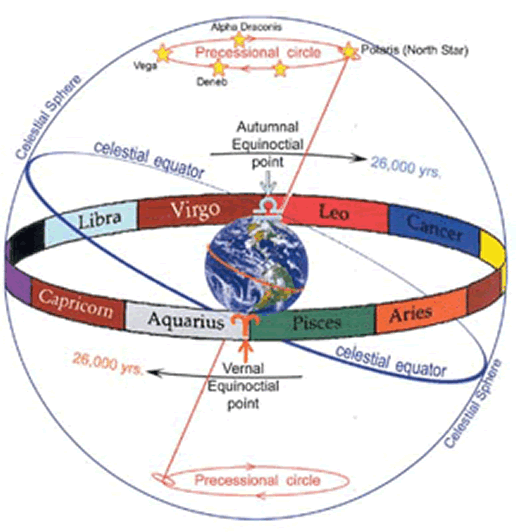
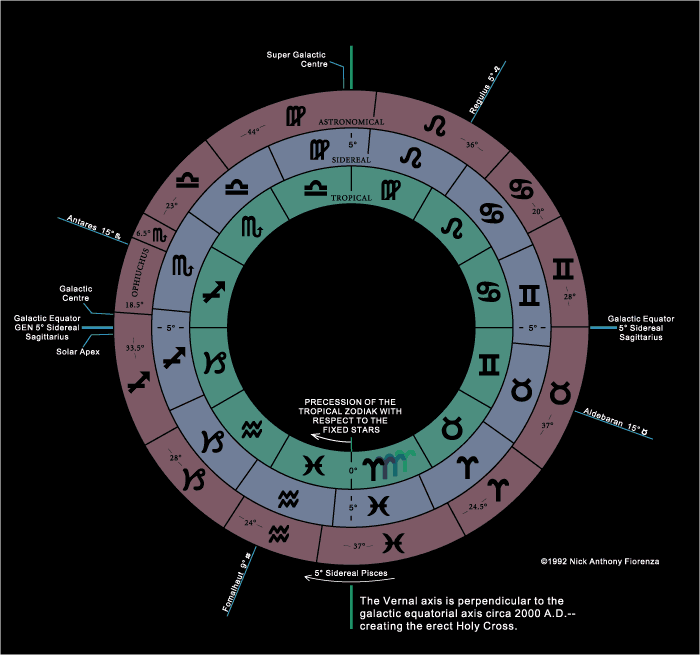
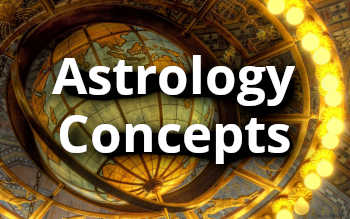
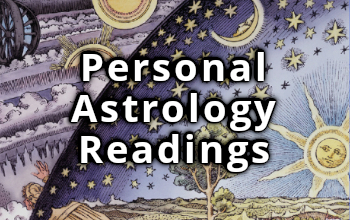















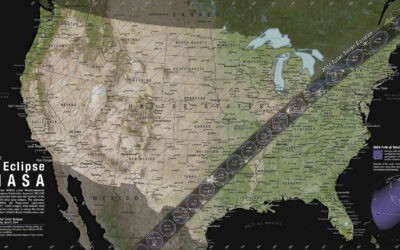
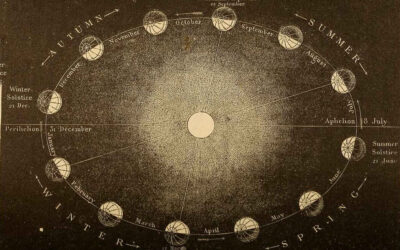

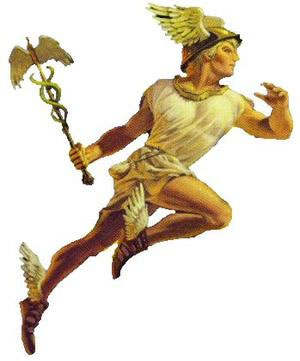
0 Comments